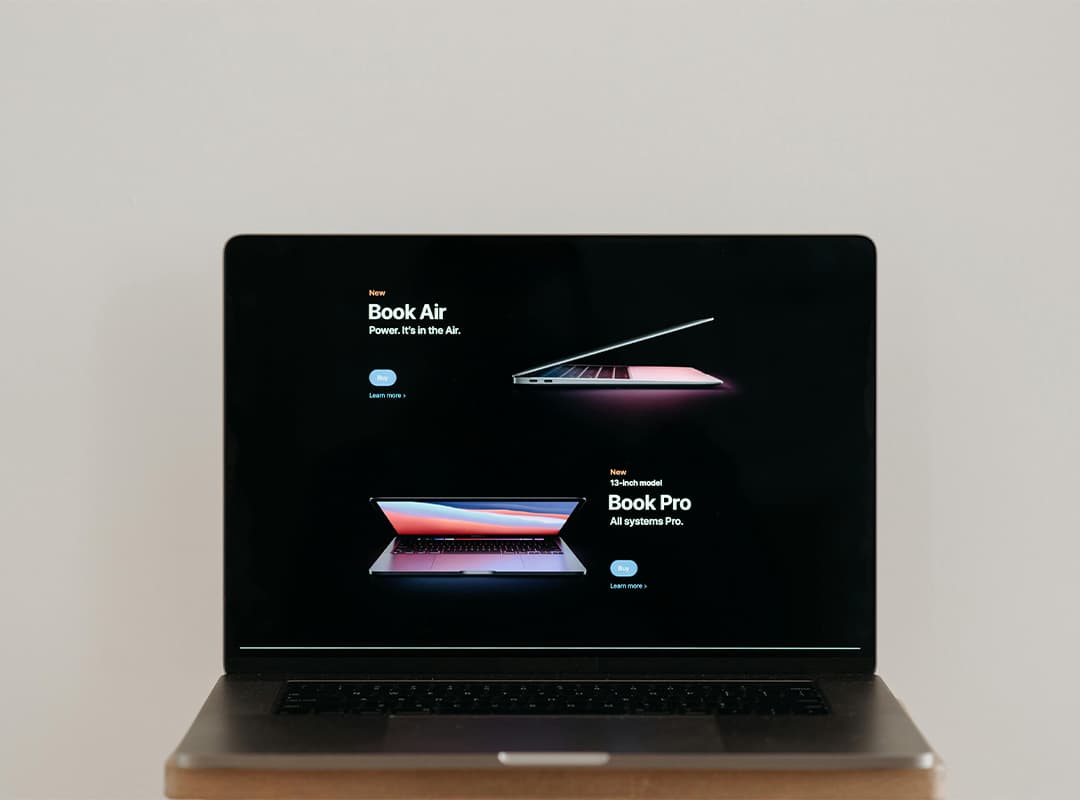In the realm of digital creativity, 3D graphics software plays a crucial role in designing and visualizing immersive experiences. Whether you are an aspiring artist, a professional designer, or a business looking to create engaging content, choosing the right 3D software can significantly impact your work. While many software options are available across platforms, the choice between Mac and Windows can affect your experience and the features at your disposal. In this article, we will explore the key features of 3D graphics software for both Mac and Windows, highlighting their differences and helping you make an informed decision. Additionally, we’ll touch upon the importance of 3D virtual tours software in today’s digital landscape.
1. Platform-Specific Features
Windows: Historically, Windows has been the go-to platform for 3D graphics due to its extensive range of software options and support for high-performance hardware. Programs like Autodesk Maya, Blender, and Cinema 4D are widely used in the industry and often receive updates and new features first on Windows. Furthermore, Windows supports a vast array of graphics cards and drivers, allowing users to customize their systems for optimal performance in 3D rendering.
Mac: While Mac computers have traditionally been perceived as less versatile for 3D graphics, this perception is shifting. Software like Blender and Cinema 4D is available on Mac, and Apple’s recent advancements in hardware, particularly the M1 and M2 chips, have improved performance for graphics-intensive applications. Moreover, Mac users benefit from a user-friendly interface and a robust ecosystem of creative applications, making it an attractive choice for designers who also work with 2D graphics and video editing.
2. User Interface and Experience
The user interface (UI) of 3D graphics software can vary significantly between Mac and Windows.
- Windows Software: Generally offers a more customizable UI, allowing users to arrange toolbars and panels to suit their workflow. This flexibility is beneficial for experienced users who have specific preferences.
- Mac Software: Typically emphasizes simplicity and aesthetic appeal, making it more approachable for beginners. Many Mac applications feature sleek designs and intuitive navigation, which can enhance the learning curve for new users.
3. Performance and Hardware Compatibility
Performance is a crucial factor when working with 3D graphics, as rendering complex scenes requires significant processing power.
- Windows: Offers a broader range of hardware options, including high-performance GPUs from manufacturers like NVIDIA and AMD. This variety enables users to build custom rigs optimized for 3D rendering, making Windows the preferred platform for many professionals in the industry.
- Mac: While Mac hardware is generally more expensive, the integrated graphics capabilities of recent Mac models have improved rendering times and overall performance. However, users may find themselves limited in terms of upgrade options compared to Windows.
4. Integration with Other Software
Another consideration when choosing between Mac and Windows is how well the 3D graphics software integrates with other applications.
- Windows: Software like Maya and 3ds Max integrates seamlessly with various industry-standard tools, such as Adobe Creative Suite, which is essential for animators and game developers. This cross-compatibility can streamline workflows and enhance productivity.
- Mac: While integration with other creative tools is also strong on Mac, users may occasionally face compatibility issues with certain plugins or extensions. Nevertheless, many popular software options have adapted to provide Mac-compatible versions.
5. 3D Virtual Tours Software
As the demand for immersive experiences grows, 3D virtual tours software has emerged as a key application in both Mac and Windows environments. Programs like PixMaker and Matterport allow users to create stunning virtual tours that engage audiences and enhance storytelling. These tools are available on both platforms, enabling real estate agents, educators, and businesses to showcase their spaces in a compelling manner.
Choosing the right 3D graphics software for Mac or Windows ultimately depends on your specific needs, preferences, and the nature of your projects. Windows offers a broader selection of high-performance software and hardware options, while Mac provides a user-friendly environment with powerful integrated solutions. Both platforms support innovative tools for creating 3D virtual tours, allowing you to bring your creative visions to life. Consider your priorities—whether it’s performance, interface, or integration—before making your decision, and you’ll be well-equipped to dive into the world of 3D graphics.
